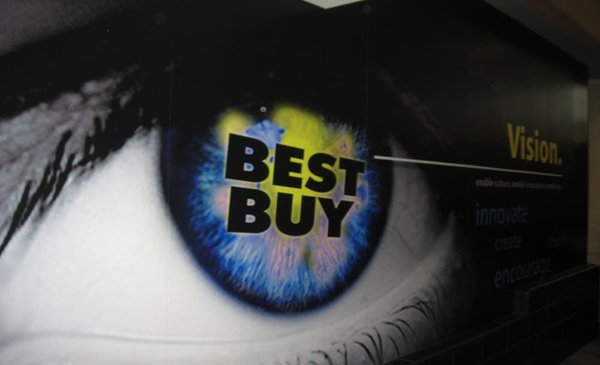
When I talk to marketing managers, their market segmentation study is usually one of the greatest sources of professional satisfaction. But my next question usually brings the conversation to a standstill.
‘And which of these segments are you targeting?’ I enquire.
At this point the marketing manager looks down at the segments, looks back up at me, looks back at the segments and finally says: ‘Well, er, all of them.’
Unfortunately, most marketers operate under the fallacy that the bigger the potential pool of customers they target (namely, all of them and any others who happen to cross their path mid-execution), the bigger the resulting market will be.
This is nonsense. While sales managers think that the more targets there are, the better, marketers realize that all customers are not created equal, and that a key challenge in marketing is identifying which customers are more equal than others.
There are several reasons why you should target only a select group of the segments in your market. First, because you can concentrate your resources on one group rather than spreading them too thinly.
Second, because you cannot build a brand for everyone. Selecting a clearly defined target segment enables you to create a much stronger brand value proposition, clearer communications, better pricing and thus a greater degree of differentiation and eventual customer loyalty.
Third, because acquiring customers costs you money, and this acquisition cost is often hidden. To get one customer to buy from your business will often involve dealing with hundreds of potential customers. If you increase the number of prospects too much, your service suffers, your staff become overwhelmed, and the actual number of customers you attract declines.
Fourth, if you attract the wrong kind of customer to your brand, they are more than likely to defect quickly. Sales are one thing, profitability is another – often these inappropriate customers will have cost you more to acquire than they returned to you in custom. And fifth, in many cases these departing customers spread negative word of mouth about your product.
The paradox of target marketing is that selective targeting results in greater profitability. Despite what your sales manager tells you, if your target market is too broad, you lose money.
If you don’t believe me, ask Brad Anderson, chief executive at US retailer Best Buy. Despite enormous store traffic of 1.5m customers a day, Anderson has been using store data to identify the customer segment he calls Angels, which make him money, and the Devils that lose him money.
Devils represent 20% of the total Best Buy customer base, but they usually buy only the loss-leader products designed to drive traffic to the store.
They apply for discounts whenever they can, use up most of the valuable staff time and find rock-bottom price quotes from the internet then force Best Buy to match them through its ‘price pledge’ policy.
Best Buy’s Angel targeting strategy will be tricky to execute and involve significant market research, staff training and redevelopment costs. But Anderson is a believer in target marketing because he has seen the results. In the pilot stores that have targeted Angels and ignored Devils, he has observed significant increases in profitability.
For now, Best Buy is the exception, the bullet point you use in MBA classes to show how it should be done. But perhaps one day more companies will not stop at clearly defined market segments, but will go on to work out which ones they want, and which can go to hell.
30 SECONDS ON…BEST BUY
– Best Buy is the top US seller of consumer electronics. In October 2002, chief executive Brad Anderson implemented a plan to target distinct groups of customers rather than push a uniform mix of merchandise.
– Best Buy concluded that its most desirable customers fell into five distinct groups: upper-income men, suburban mothers, small business owners, young family men and technology enthusiasts.
– Anderson decided that each store should analyze the demographics of its local market, then focus on two groups and stock merchandise accordingly.
– The strategy is based on a business school theory that advocates rating customers by profitability and dumping the 20% that are unprofitable.
The Blake Project Can Help: Contact us for more on our segmentation research expertise.
Branding Strategy Insider is a service of The Blake Project: A strategic brand consultancy specializing in Brand Research, Brand Strategy, Brand Growth and Brand Education




